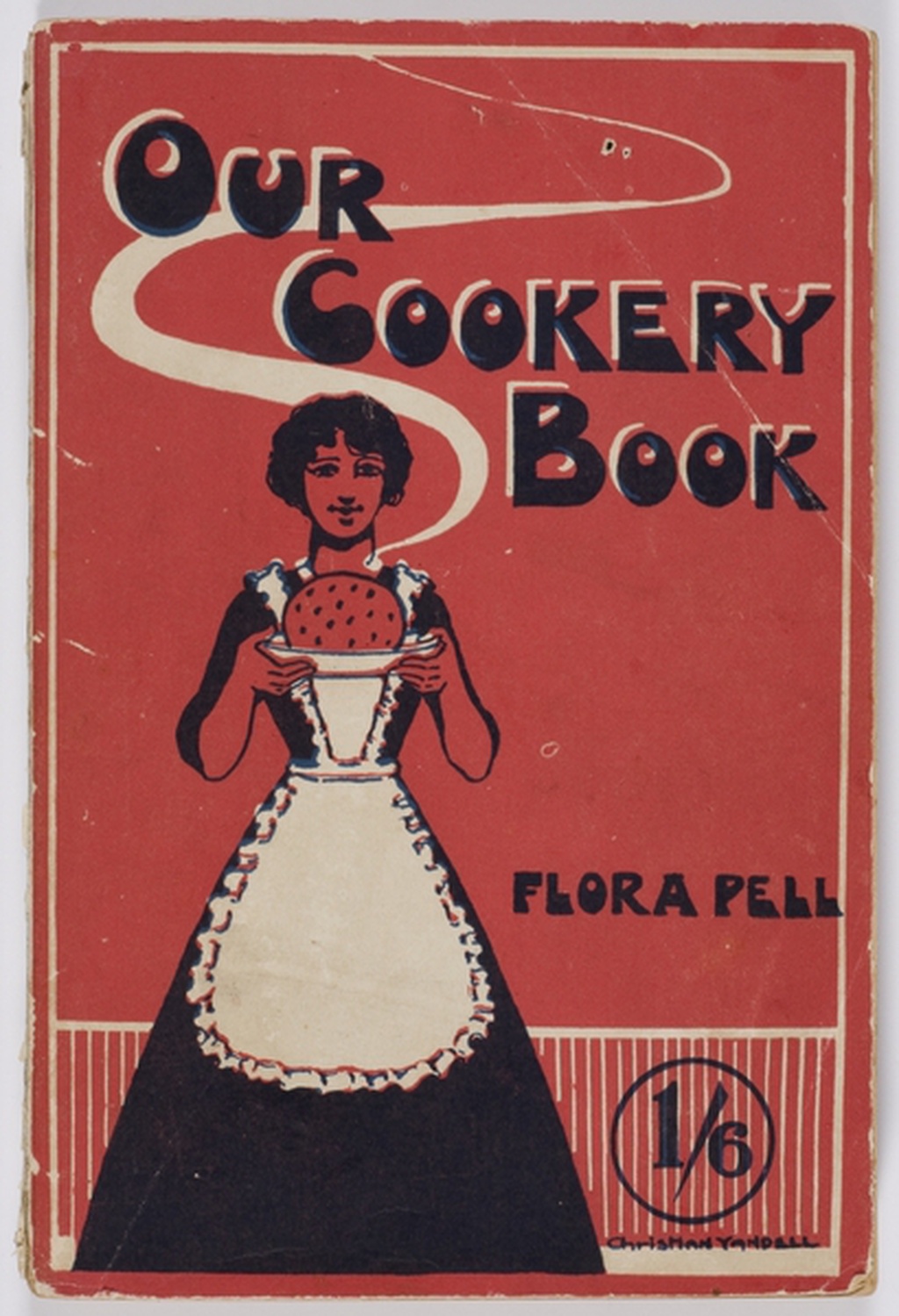
Secondary schooling was difficult to access for many young girls in Collingwood during the late 19th and early 20th century, with prevailing expectations that women should prepare themselves for life in the home, or adopt unskilled work, shaping their access to education. By the early 20th century, a wider range of jobs were open to and required women workers, and this helped shift attitudes to schooling. The development of "domestic science" teaching was one way in which education changed during the early 20th century to increase economic and educational access for young women, within the confines of existing gender roles. The Collingwood Domestic Arts College was one of the two first "domestic arts" colleges opened in inner Melbourne in 1915 (the other in Bell St, Fitzroy.) The Collingwood school was developed on the site of a previous These schools taught girls aged between 12 and 14 a combined curriculum, half of which was focused on standard secondary academic content, and the other half included cooking, sewing, needlework and "household management." Apprenticeship training in trades such as millinery was also available. The Collingwood Domestic Arts College also functioned as a local restaurant, selling meals cooked by the students as lunches to workers at local factories. Flora Pell, the headmistress of the College, published a popular cookbook in 1915 based on her experience in teaching domestic skills, which would become a consistent bestseller through to the 1950s, and was used as a textbook in Victorian schools. The Domestic Arts College eventually merged with the high school which continues to function on this site.
by laurenpiko on March 3, 2019Please login to comment on this item